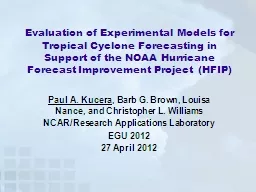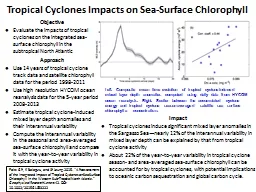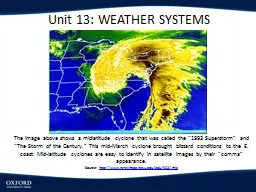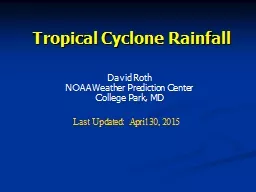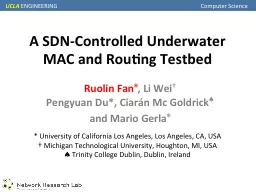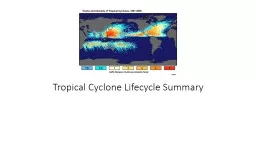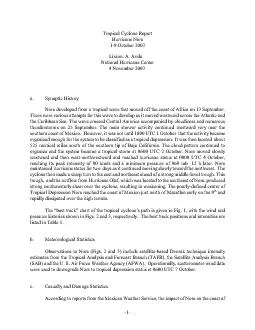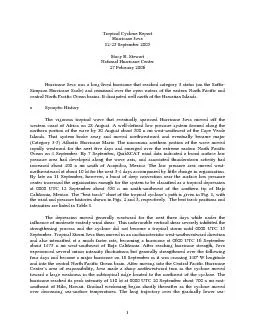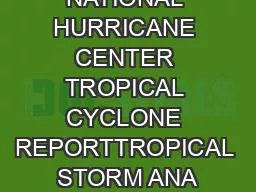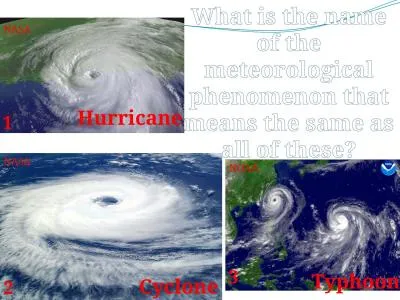PPT-Demonstration Testbed for the Evaluation of Experimental Models for Tropical Cyclone
Author : altigan | Published Date : 2020-10-22
Paul A Kucera Barb G Brown Christopher L Williams and Louisa Nance NCARResearch Applications Laboratory 69 th Interdepartmental Hurricane Conference Jacksonville
Presentation Embed Code
Download Presentation
Download Presentation The PPT/PDF document "Demonstration Testbed for the Evaluati..." is the property of its rightful owner. Permission is granted to download and print the materials on this website for personal, non-commercial use only, and to display it on your personal computer provided you do not modify the materials and that you retain all copyright notices contained in the materials. By downloading content from our website, you accept the terms of this agreement.
Demonstration Testbed for the Evaluation of Experimental Models for Tropical Cyclone: Transcript
Download Rules Of Document
"Demonstration Testbed for the Evaluation of Experimental Models for Tropical Cyclone"The content belongs to its owner. You may download and print it for personal use, without modification, and keep all copyright notices. By downloading, you agree to these terms.
Related Documents

